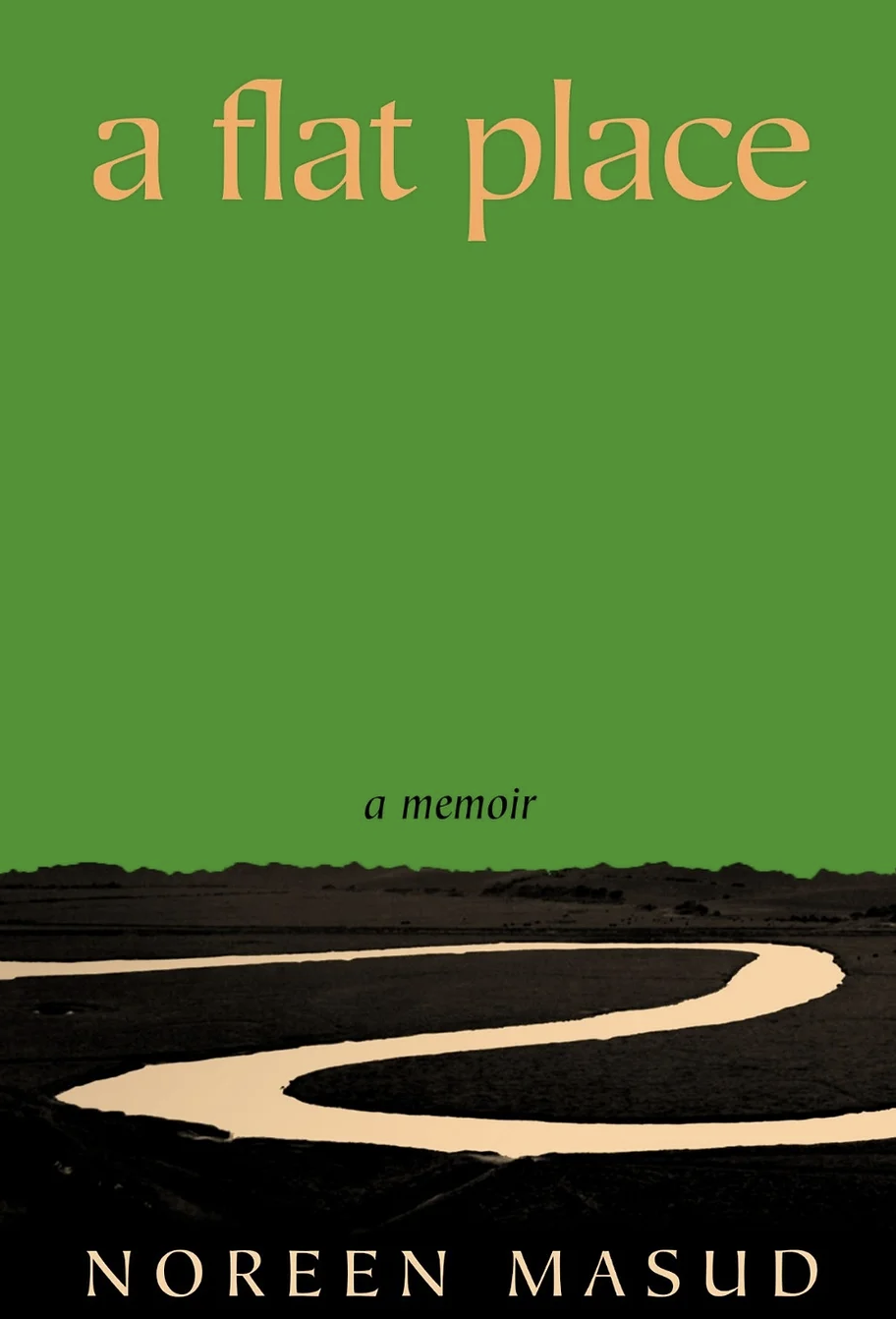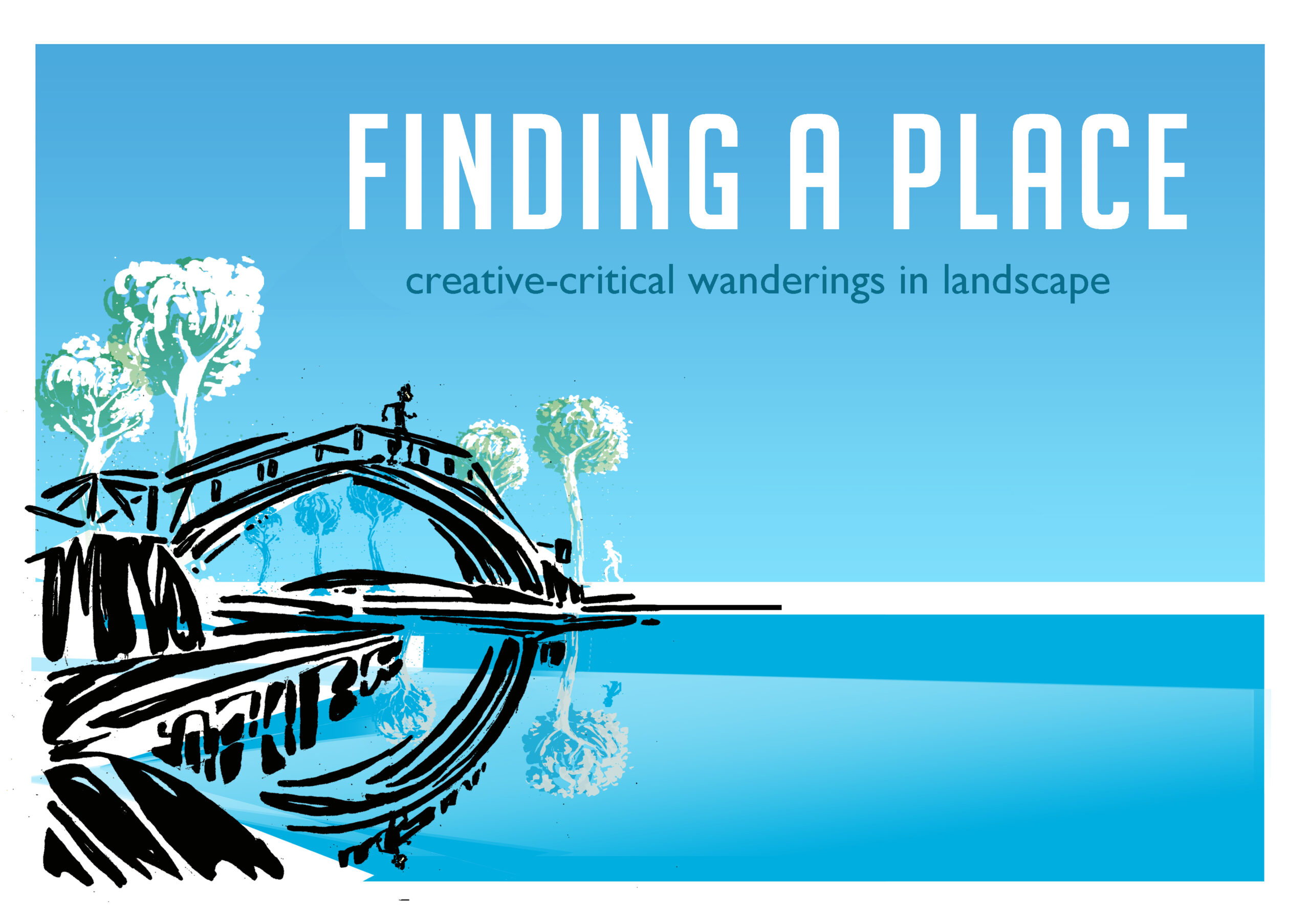The idea of ‘place’ helps us to consider our relationship to, and journey through, life’s landscapes, both literal and metaphorical. Whether we feel well-placed, on top, lost, out of place, or facing an uphill climb, we often describe our positionalities through metaphors about our physical positions, and, in turn, our relationships to our physical surroundings can have a profound impact on our sense of where we are in life.
In this series of creative-critical talks hosted by walk-listen-create’s poet-in-residence Shani Cadwallender and writer-in-residence Amelia Hodsdon, we invite scholars and writers whose work explores landscape, walking, and ‘finding a place’ to discuss what their latest research reveals about human relationships to place.
To celebrate the recent move towards incorporating creative or ‘non-traditional’ methodologies into research, our guests will also provide a stimulus for creative works, to which our writers-in-residence will respond. These creative responses will be presented alongside the main talk, followed by a (hopefully productively!) meandering discussion and Q&A.
Amelia and Shani have invited author and lecturer Noreen Masud, whose book “A Flat Place” has garnered fabulous reviews, is part memoire, part travelogue, as well as being longlisted for the Women’s Prize for Non-Fiction 2024, and shortlisted for the Sunday Times Young Writer of the Year Award 2024.
‘A Flat Place cuts new ground, mixing literary criticism, decolonial history, and boldly anti-Romantic ‘nature’ writing, in searing prose as sad as it is funny, to confront the noninnocence of writing ‘nature’ and place. This is an important and original interruption of the so-called ‘nature cure’ — Abi Andrews, author of The Word for Woman is Wilderness
‘A moving, lyrical and frank reflection on place, space and the shifting contours of self. This is a new kind of migration narrative, one that finds stories in both stillness and movement, in flatness and undulation’ — Priyamvada Gopal, author of Insurgent Empire.

Noreen writes “Many commentators have written with puzzled interest about the contrast between the visions and dramatics played out on Salisbury Plain in Wordsworth’s poems of the same name, and the matter-of-fact description of his Plain walk in an 1838 letter to John Kenyon:
… in my 23d year, I passed a couple of days rambling about Salisbury Plain, the solitude & solemnities of which prompted me to write a Poem … parts may be perhaps be thought worth publishing after my death among the ‘juvenilia’. Overcome with heat and fatigue I took my siesta… but was not visited by the muse in my Slumbers…
The poem, Wordsworth implies, is only partly a success: parts might be worth incidental interest via the juvenilia. It is not a great work. And yet Wordsworth could not leave the poem alone. The incident was, as he noted in The Prelude, a ‘spot of time’ to which he would return over and over again. ‘Salisbury Plain’, ‘Adventures on Salisbury Plain’, ‘Incidents on Salisbury Plain’. There seems to be something about the plain that Wordsworth could not satisfy himself about: something which could not be worked through, like mourning that shades to melancholia. In this paper, I suggest that that strange letter to Kenyon might be one way of thinking about this repetition, this failure to reach satisfaction. How does one write about a space whose solemnity ‘prompts’ a poem – and yet is remembered as an experience in which the Muse was absent?”
Related

A Flat Place
Part-travelogue through Britain’s flat landscapes, part-memoir, A Flat Place investigates how flat spaces might give shape and succour to complex trauma. It’s been reviewed in the New York Times, the Washington Post, the Financial Times, the New Statesman, the Chicago Review of Books, the i paper, Prospect, the Big Issue, Hyphen, and the Arts Desk. ‘A Flat Place cuts new ground, mixing literary criticism, decolonial history, and boldly


